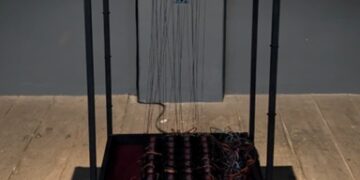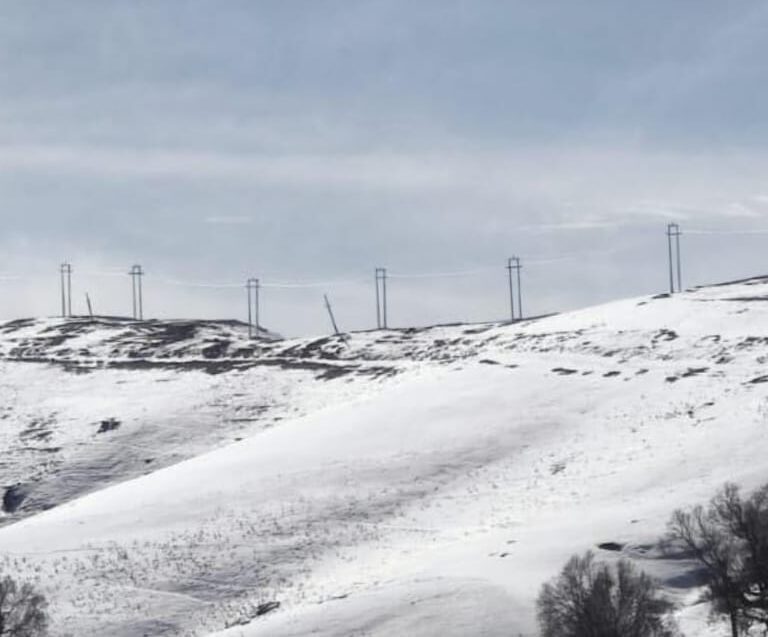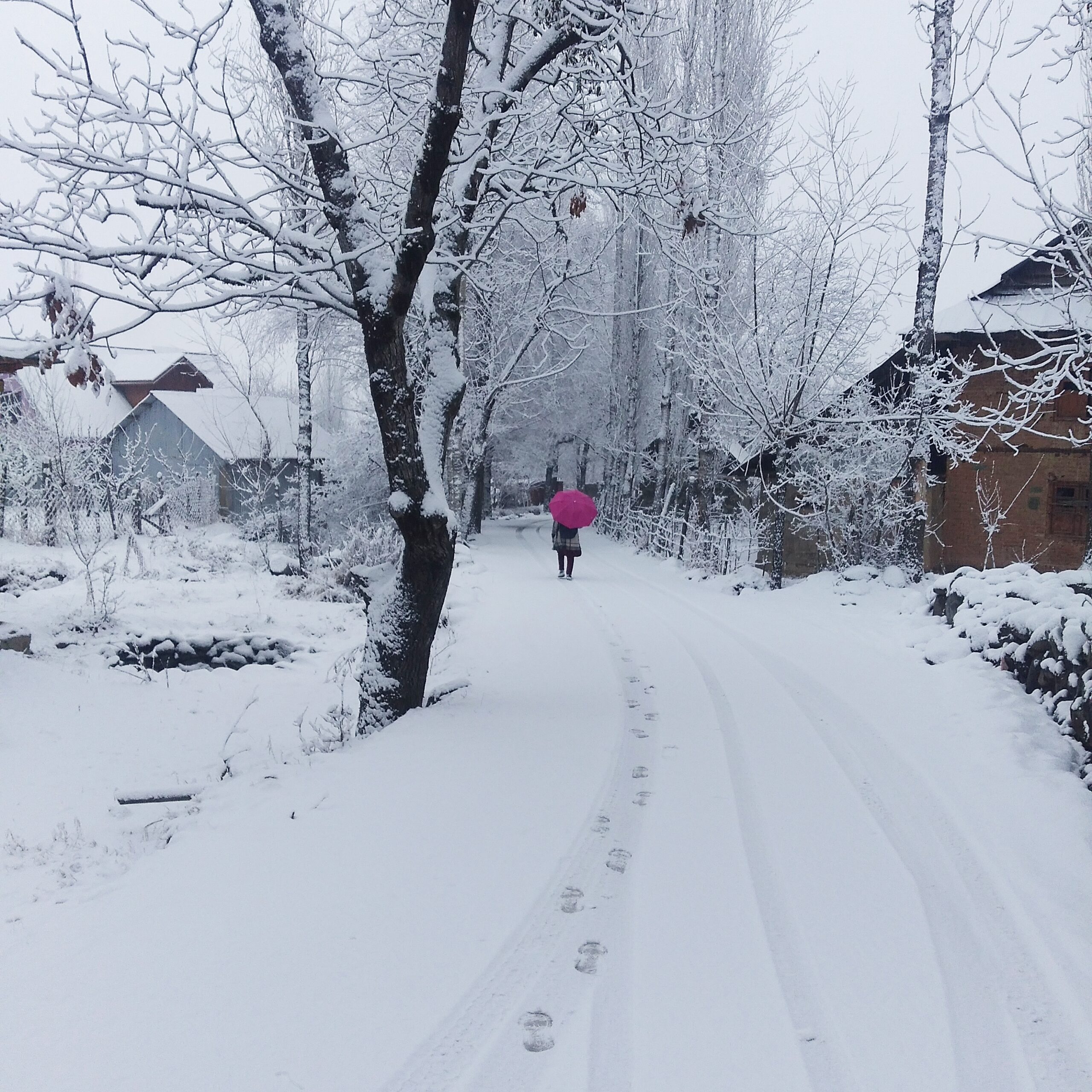Every now and then we come across videos and images of artists carving astonishing sculptures in minutes using a chainsaw. The large-scale wood sculptures of chainsaw artist like Simon O’ Rourke mesmerise audience and in the time of social media such art trends have gained a huge response. Its pertinent to mention that chainsaw carving is not that new it has been around for a while now. The roots of chainsaw carving trace back to the 1950s, with pioneers like Ray Murphy and Ken Kaiser experimenting with the tool. Murphy famously carved his name into wood using his father’s chainsaw in 1952, while Kaiser created 50 carvings for the Trees of Mystery in 1961. The craft gained momentum in the following decades, with artists such as Brenda Hubbard, Don Colp, and former Runaways singer Cherie Currie pushing its boundaries.
Chainsaw carving is a dynamic and fast-growing art form that blends modern chainsaw technology with traditional woodcarving techniques. This unique medium allows artists to create intricate sculptures quickly, producing stunning works that range from realistic wildlife to abstract designs.
The 1980s marked a turning point for chainsaw carving, as competitions and public exhibitions brought wider recognition. Art Moe’s performances at the Lumberjack World Championships, broadcast nationally, helped popularize the craft. The first Chainsaw Carving World Championships in 1987 was won by Barre Pinske, Plato Minnesota USA, then just 24 years old. Publications like Fun and Profitable Chainsaw Carving (1982) and Chainsaw Art 1988 further documented and promoted the art form.
By the 1990s, chainsaw carving had evolved into both a performance art and a respected sculptural practice. Brian Ruth, founder of Masters of the Chainsaw 1992, played a key role in elevating the craft, even introducing it to Japan in 1995. His agency also formed Chainsaw Chix in 2007, showcasing top female carvers like Stephanie Huber and Angela Polglaze.
Today, chainsaw carving is a global phenomenon. In the UK, the English Open Chainsaw Competition draws large crowds, while artists like Duncan Kitson and Matthew Crabb (creator of the world’s tallest wooden Virgin Mary statue) have gained acclaim. Canada’s Hope, British Columbia, features numerous chainsaw-carved statues by Pete Ryan, and Japan hosts the World Chainsaw Art Competition, supporting disaster relief efforts.
The Ridgway Chainsaw Carving Rendezvous, held annually in Pennsylvania since 1999, is the largest gathering of chainsaw carvers worldwide. American sculptor Bob King holds the record for the most competition wins, earning a place on Germany’s Carvers Walk of Fame.
Advancements in tools have also shaped the craft. Specialized “carving bars” with small tips allow for finer details, while modified chains improve precision and safety. Protective gear is essential, as chainsaw injuries can be severe.
The art form has entered mainstream entertainment, with shows like Carver Kings (HGTV/OLN) and A Cut Above (a Canadian reality competition) showcasing the skill and creativity of chainsaw artists.
Chainsaw carving continues to captivate audiences with its blend of speed, skill, and creativity. From competitive events to public installations, this art form demonstrates how a powerful tool can transform raw wood into breathtaking sculptures. Whether as performance or permanent art, chainsaw carving remains a vibrant and evolving craft.
A Visionary Voice in Modern Indian Art
Anjolie Ela Menon stands as one of the most iconic and celebrated female artists of modern India. Known for her deeply expressive paintings, often tinged with melancholy, spirituality, and rich symbolism, Menon’s art transcends time and geography. Born in 1940 in Burnpur, West Bengal, to a mixed Bengali and American parentage, Menon began painting at a very young age, demonstrating a natural flair that soon attracted recognition.
After completing her schooling in Delhi, Menon pursued literature at Delhi University but quickly gravitated towards the world of fine arts. At just 18, she held her first solo exhibition, signalling the arrival of a promising new voice in Indian art. She later studied at the École des Beaux-Arts in Paris on a scholarship, where she was exposed to European modernism, classical techniques, and the works of Modigliani and Byzantine art—all of which left an indelible mark on her style.
Anjolie Ela Menon’s oeuvre is characterized by its haunting imagery, predominantly featuring introspective women, animals, nudes, saints, and angels. She often painted on masonite, a medium that allowed for rich texture and depth. Her early palette favoured earthy browns, reds, and ochres, lending her paintings a timeless, fresco-like quality. Over the decades, she has also explored themes of identity, memory, mythology, and social commentary through vivid colors and subtle visual metaphors.
What sets Menon apart is her refusal to be boxed into a single school of thought or medium. From oil paintings to murals, and later, mixed media and computer-generated works, she has constantly evolved while retaining her signature emotional intensity and layered narratives. Her works, while modern in execution, are steeped in Indian sensibilities—rooted in culture, history, and personal experience.
Anjolie’s contribution to Indian art extends beyond her own practice. She has mentored generations of artists and curated exhibitions that promote both emerging and established voices. Her public murals and institutional commissions, such as those for the Parliament House and the National Gallery of Modern Art, have made her a key figure in the public art movement as well.
In 2000, the Government of India awarded her the Padma Shri, recognizing her remarkable influence in the art world. Her work continues to be exhibited internationally, and she remains a prominent figure in India’s cultural discourse, often speaking on issues related to art, society, and gender.
Even in her later years, Anjolie Ela Menon continues to paint with vigor, introspection, and a deep empathy for the human condition. Her journey is not just that of a painter, but of a storyteller—one who weaves personal and collective memory into visual poetry.
AI : Challenges and possibilities
In recent years, artificial intelligence has quietly slipped into studios and sketchpads, challenging the very essence of how art is made and understood. What began as experiments in algorithmic design has evolved into an artistic revolution, where machines no longer just assist—they create.
From painting dreamlike landscapes to composing music and poetry, AI-powered tools now offer artists bold new ways to experiment. For those without formal training, these tools act as a creative gateway, enabling expression without the usual technical barriers. For seasoned creators, AI becomes a partner in the creative process—suggesting forms, textures, or ideas that may never have surfaced otherwise.
But with innovation comes discomfort. The art world is now grappling with a slew of questions: Who really creates an AI-generated piece—the person who inputs the idea, the team who wrote the code, or the machine itself? As AI-produced images flood the internet and marketplaces, concerns about originality and authorship are growing louder.
There’s also the risk of reducing art to pattern and repetition. While AI can mimic styles, it may struggle to replicate the emotional nuance and cultural depth behind human-made work. And since these tools learn from massive datasets, they often reflect the same biases and blind spots found in the data—sometimes unintentionally reinforcing stereotypes or excluding diverse voices.
Still, the story isn’t all cautionary. AI has shown immense promise in the preservation and restoration of cultural heritage. Algorithms can help rebuild damaged frescoes, recreate lost sculptures, and digitize endangered art forms for future generations.
For some artists, AI offers a fresh medium to explore. Screenwriter Prateek Arora, known for his affinity for science fiction, found in AI a tool to visualize concepts previously deemed too experimental. His AI-generated images, blending Indian aesthetics with fantastical elements, have garnered attention from the South Asian diaspora.
Similarly, Lahore-based artist Hashim Ali uses AI to infuse South Asian heritage into familiar narratives. By reimagining Disney princesses adorned in Mughal-era attire, Ali challenges Western-centric perspectives, stating, “I always want to see the entire world through the lens of South Asia.”
However, the rise of AI in art isn’t without contention. Artist Bhatt, despite her experience with digital mediums, expresses concern over AI-generated art, viewing it as a potential infringement on original creators’ rights.
Beyond individual artists, institutions are also exploring AI’s potential. The Museum of Art & Photography in Bengaluru introduced a digital persona of renowned artist M.F. Husain, allowing visitors to engage with his life and works through AI-driven interactions.
In the world of AI challenge lies in harnessing technology to enhance creativity while preserving the essence of human expression. The dialogue between tradition and innovation is ongoing, promising a dynamic evolution of art in the digital age.






